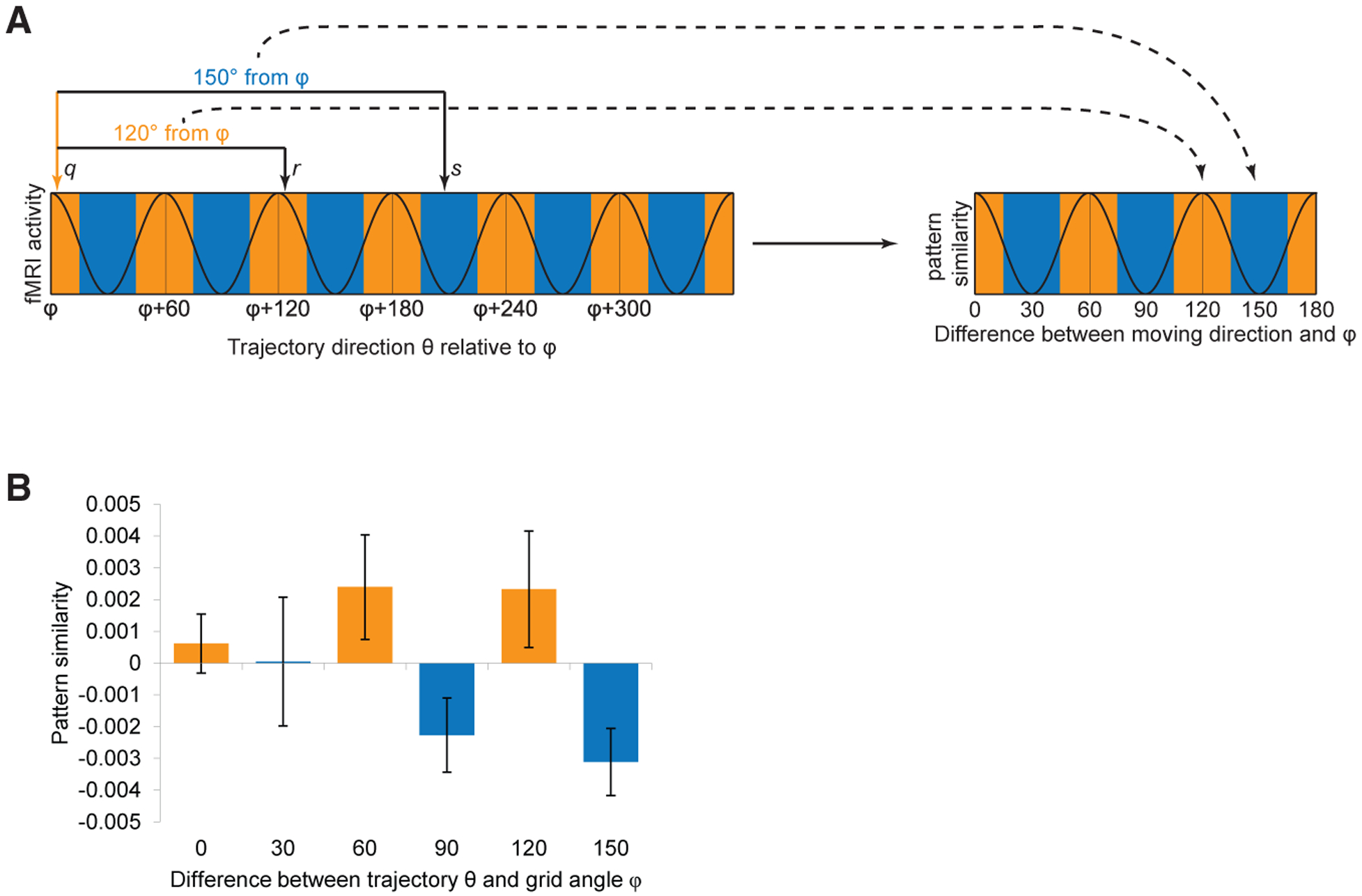Figure 5. Grid-like Ensemble Activity in Entorhinal Cortex.

(A) Conceptual schematic for the multi-voxel pattern analysis of grid-like representations in ERC. (Left) Hypothetical fMRI activity in a grid-like system shows hexagonal modulation as a function of trajectory direction θ, where θ is aligned to each subject’s preferred grid angle φ, estimated from vmPFC. If the trajectories of a given pair of trials are aligned at a 60° multiple of φ (e.g., trial q at φ and trial r at φ + 120°), then pattern similarity should be high. Alternatively, if the trajectories of a given trial pair are misaligned with respect to φ (e.g., trial q at φ and trial s at φ + 210°), then pattern similarity should be low. (Right) Linear correlations between trial pairs were estimated, enabling a test of the hypothesis that aligned-aligned patterns (angular difference of 0° mod 60°; orange colors) would elicit greater pattern overlap than aligned-misaligned patterns (angular difference of 30° mod 60°; blue colors). See Figure S6 for details.
(B) Pattern similarity between trajectory pairs in ERC exhibited hexagonally periodic modulation, with greater similarity for pairs aligned to grid angle φ and its 60° multiples (orange versus blue bars; aligned > misaligned; t24 = 2.15; p = 0.021). Data are mean ± SEM.
